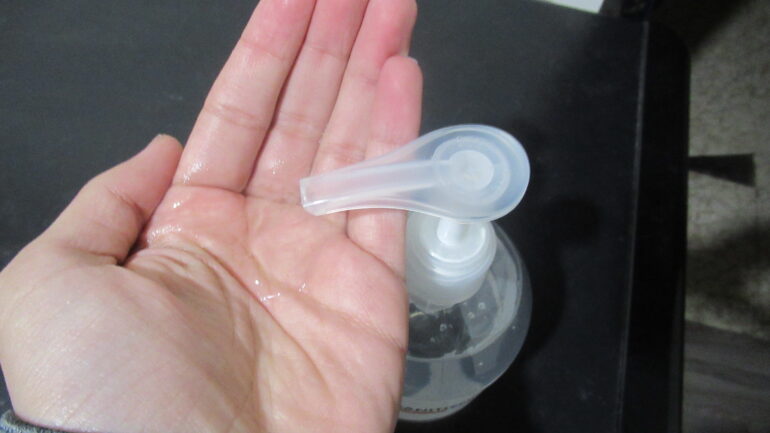The Ontario government is investing $2.5 million into a Kawartha factory to make high grade ethanol for hand sanitizers.
“This is for a very high grade, pure ethanol to be used in hand sanitizers and disinfectants,” said Vic Fedeli, the minister of Economic Development, Job Creation and Trade.
Kawartha Ethanol’s $37 million development at its plant in Havelock, a small town east of Peterborough, is being supported by the Ontario Together Fund. The OTF was created by the province to fund projects to help fight COVID-19.
The fund has supported 39 projects since 2020, including the manufacture of masks, medical equipment and PPE, funding for online tools, and university research.
The Kawartha Ethanol plant currently produces fuel-grade ethanol but will now expand to make 60 million litres of pure grade ethanol. As part of the funding agreement, the company had to guarantee the ethanol will go to sanitizer manufacturers.
Daryll Drain, the owner of Kawartha Ethanol and it’s parent company Drain Bros., said they plan to also build a bottling plant.
“To maintain viability as a major employer in Peterborough County, Kawartha Ethanol is pivoting its production,” Drain said at the virtual announcement. “Ontario residents and businesses will benefit from the local production of high grade pure ethanol.”
Different grades of ethanol are based on the amount of impurities, such as water, left from the fermentation process, said Andrew Daugulis, a professor of chemical engineering at the Queen’s University
“You are producing the same material, which is basically a hundred per cent ethanol, and then you have to tweak it a little bit, depending on what your particular market is,” Daugulis said.
Health Canada allowed the temporary use of lower grade technical ethanol to make sanitizer because of the increased need because of the COVID-19 pandemic. Certified manufacturers had to satisfy strict conditions and the authorization is expected to end on March 31, 2022.
A Health Canada representative said in an email there are concerns “especially if the hand sanitizer is used for a long duration.”
However it is classified as a Type II health hazard, meaning “the probability of serious adverse health consequences is remote,” and “a product may cause temporary adverse health consequences.”

Daugulis said the small percentage of these impurities, such as naturally occurring carcinogens like acetaldehyde, means they aren’t much of an issue, even in lower grade ethanol.
“If you’re just using it as a hand sanitizer, it can have these impurities present,” he said. “It’s really not a problem at the levels that we’re talking about it.”
Health Canada did recall a number of sanitizers for impurities and “acetaldehyde at elevated levels” but did not confirm if it was related to increased usage of technical ethanol.
Fedeli said the Health Canada directive was not a factor in the funding decision. He said they vetted the economic viability along with the need for more sanitizer.
“I don’t think there was anything other than the pure demand here in Ontario,” he said.

